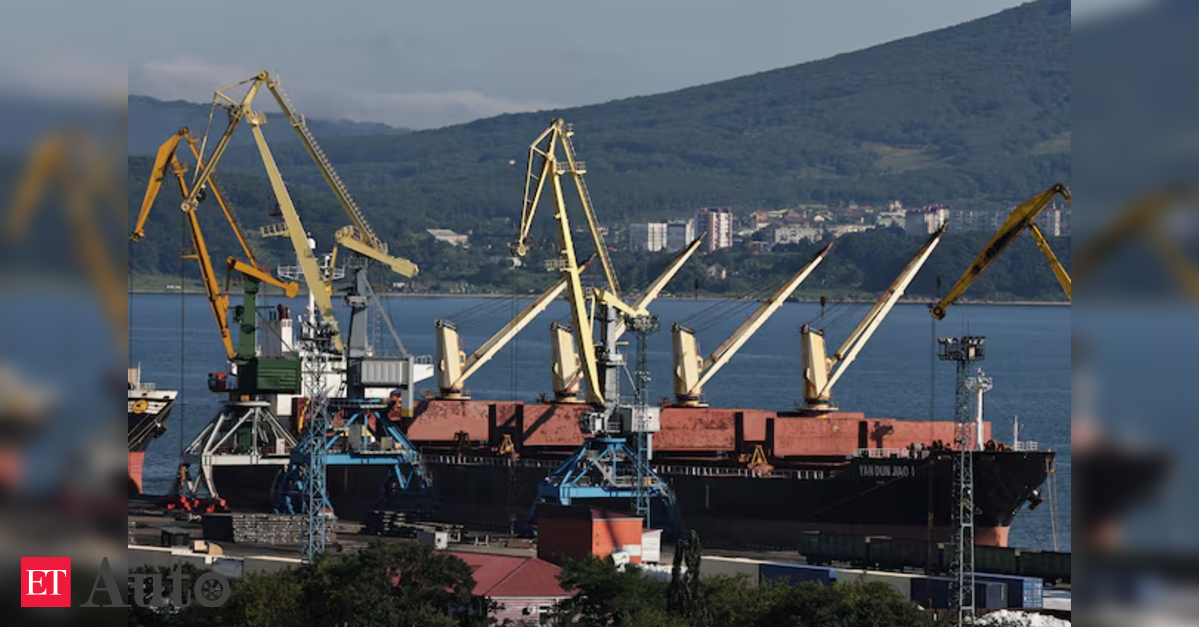South-East Devt Commission Unveils 10-Year Economic Roadmap

The South-East Development Commission (SEDC), established in 2024 following President Bola Ahmed Tinubu’s assent to the regional development bill, has unveiled an ambitious 10-year roadmap designed to transform the region. This initiative positions the five South-East states—Abia, Anambra, Ebonyi, Enugu, and Imo—as future hubs of enterprise, innovation, and investment, aligning with a broader national strategy that has seen the creation of several other regional development commissions across Nigeria.
To propel this vision, SEDC, with crucial support from the United Nations Development Programme (UNDP), recently organized a high-level roundtable in Abuja. This event, commemorating 100 days since the commission's establishment, gathered a diverse array of stakeholders including government leaders, development partners, private sector representatives, and civil society. The roundtable served as a vital platform to foster collaboration, deepen shared understanding, and secure the necessary buy-in for the region's comprehensive development strategies.
Mark Okoye, the Managing Director of SEDC, outlined the commission's ambitious economic growth target: to expand the South-East economy from its current $40 billion to an impressive $200 billion within the next decade. This significant growth is envisioned through interventions in four critical areas, with a strong focus on driving high-impact, region-wide infrastructure projects and promoting ease of doing business across the states. Okoye revealed plans to launch the South-East Regional Development Plan by December and to establish innovative financing vehicles, including a $1 billion investment company and a venture capital fund, all aimed at building a cohesive “one-region, one-market economy.” He emphasized that this monumental task requires collective effort, stating, “We can’t do it alone,” and highlighted ongoing feasibility studies for appealing projects in power, roads, and industrial infrastructure designed to attract both government and private investors, including diaspora and institutional funds.
Elsie G. Attafuah, the UNDP Resident Representative, speaking at the event, underscored the South-East’s unique potential to lead Nigeria’s next wave of economic transformation. She pointed to the region's robust entrepreneurial culture, resilient populace, and significant diaspora support, noting its “proven model of value creation through community structures that emphasize innovation, mentorship and reinvestment.” Attafuah further asserted that the establishment of SEDC serves as a “profound affirmation” of the Tinubu administration’s commitment to restructuring Nigeria’s development architecture to better reflect diverse regional aspirations. She also highlighted the South-East’s high literacy levels and dense network of universities, polytechnics, and research institutions as a “steady incubator of talents.”
Engineer Abubakar Momo, the Minister of Regional Development, affirmed that SEDC’s initiative seamlessly aligns with President Bola Ahmed Tinubu’s “Renewed Hope Agenda,” particularly its priorities on inclusive growth, infrastructure development, and human capital enhancement. Momo stressed that the regional commissions would complement national priorities such as economic reform, infrastructure enhancement, youth empowerment, and improved governance. He characterized the roundtable as “not just a conversation, it is a call for action,” emphasizing the critical need for stronger collaboration among regional commissions and development partners, especially in addressing deep-rooted challenges like industrialization, infrastructure deficits, youth unemployment, and social cohesion, while ensuring that women, youth, and vulnerable groups are not left behind.
Hon. Ben Kalu, the Deputy Speaker of the House of Representatives, represented by Hon. Chris Nkwonta, acknowledged the South-East as one of Nigeria’s most industrious zones, home to over 29 million people, with more than 60% being under the age of 30. He described this vibrant youth population as a significant blessing that must be wisely harnessed. However, he also candidly addressed persistent hurdles such as infrastructure gaps, an unstable environment, and the underutilization of free economic assets.
Various speakers and partners, including the Rural Electrification Agency (REA), agreed that the path forward demands strong political will, transparent systems, and inclusive planning to effectively harness the region’s vast potential and overcome its deep-rooted challenges, ultimately ushering in a new era of growth and shared successes for the South-East.








